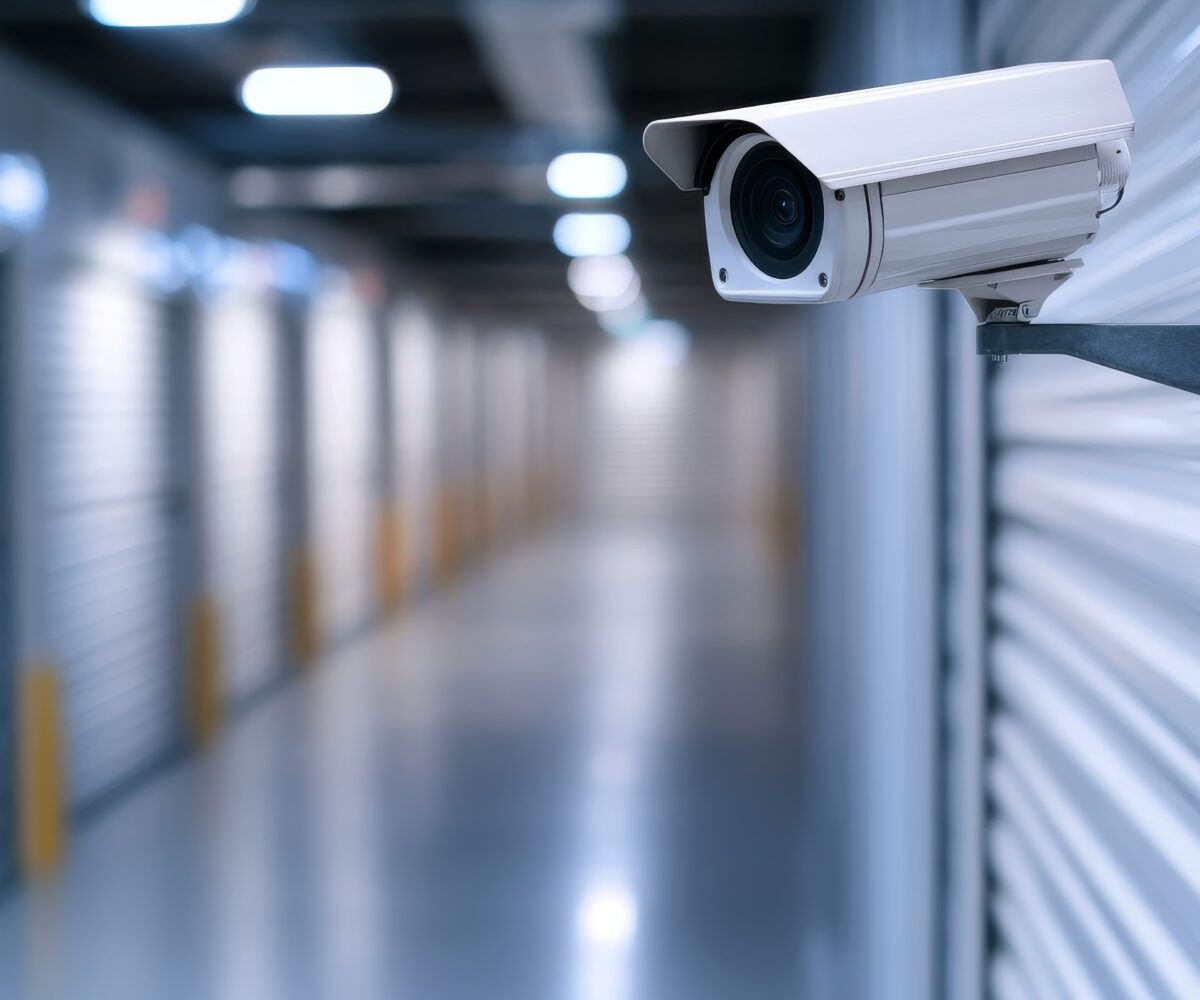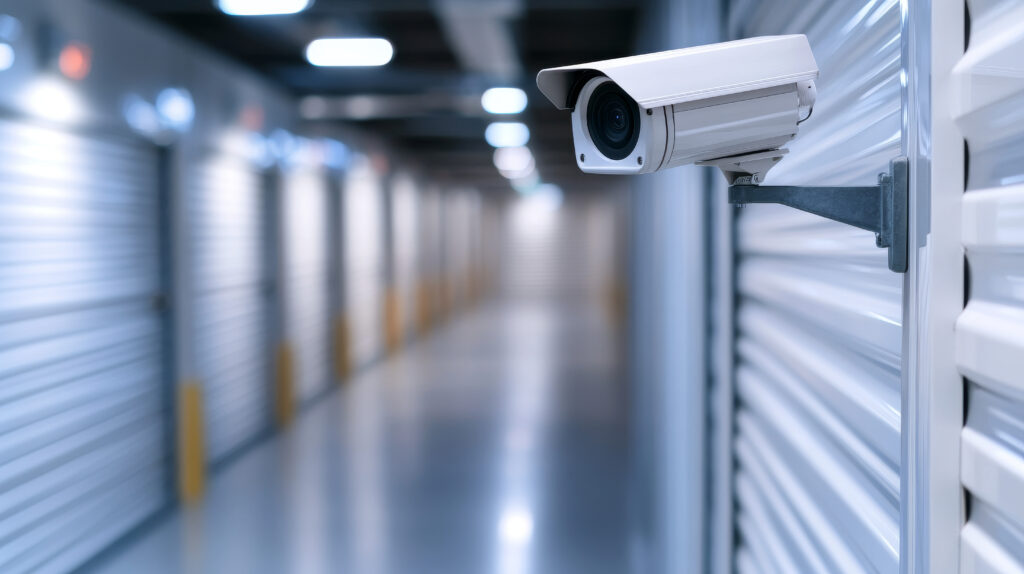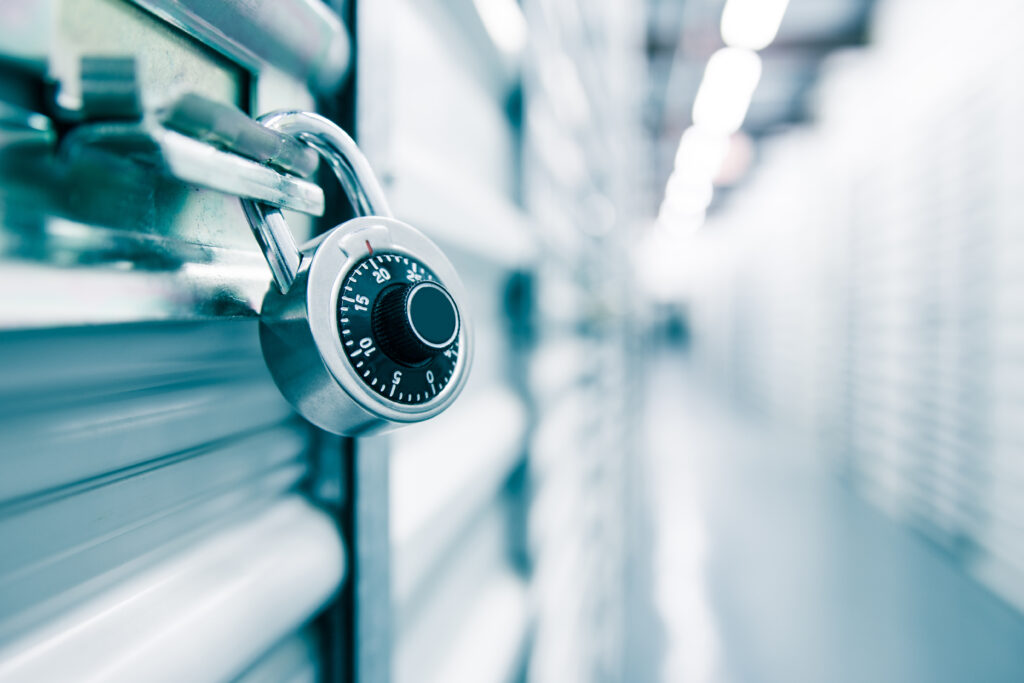How to Ensure Your Valuable Items Are Stored Securely

When it comes to storing valuable items, security is a top priority. Whether you’re storing important documents, sentimental possessions, or expensive collectibles, protecting your valuables from theft, damage, or environmental factors is crucial. A self-storage unit can be a great solution, but it’s important to take steps to ensure that your items remain safe and secure. Here are some practical tips on how to store your valuable items with peace of mind.

1. Choose a Secure Storage Facility
The first step in securely storing your valuables is selecting the right storage facility. Not all storage units are created equal, so it’s essential to look for a facility with strong security features.
Look for a storage facility that offers:
- 24/7 surveillance: Facilities with security cameras throughout the premises will give you peace of mind knowing your belongings are being monitored around the clock.
- Gated access: A secure, gated entry with keycode access ensures only authorized individuals can enter the property.
- Individual unit alarms: Some facilities provide alarms for each unit, offering an extra layer of protection in case of unauthorized access.
- On-site staff: A facility with on-site management can help ensure that security procedures are followed consistently.
Choosing a facility with these security features is your first line of defense in protecting your valuable items.
2. Use Climate-Controlled Units for Sensitive Items
Some items, especially those that are temperature or humidity-sensitive, require special care when storing them. If you’re storing valuable electronics, artwork, important documents, or collectibles, a climate-controlled unit is a smart choice.
Climate-controlled units maintain a consistent temperature and humidity level, which helps protect items like:
- Electronics and appliances
- Furniture and antiques
- Artwork, photographs, and documents
- Musical instruments
- Wine collections
By using a climate-controlled unit, you reduce the risk of items becoming damaged due to extreme heat, cold, or moisture, ensuring their longevity.
3. Invest in Quality Packing Materials
Proper packing is essential for protecting your items during storage. When it comes to valuable items, it’s important to use high-quality packing materials to minimize the risk of damage. Here’s how to pack your valuables securely:
- Use sturdy boxes: Choose strong, corrugated boxes that can withstand the weight of your items and prevent crushing.
- Wrap fragile items carefully: Use bubble wrap, packing peanuts, or foam to cushion delicate items like glassware, electronics, and artwork.
- Seal boxes properly: Tape boxes securely to prevent them from opening, and label them clearly for easy identification.
- Use custom crates: For especially valuable or fragile items, consider custom-built crates for maximum protection.
The more effort you put into packing your items properly, the better protected they will be against physical damage while in storage.
4. Store Items in the Back of the Unit
When you’re storing valuable items, it’s essential to place them in the safest part of the storage unit. The back of the unit, away from the door, is usually the best spot to store high-value items, as it’s less likely to be accessed quickly.
In addition, stack boxes with heavier items at the bottom and lighter, more delicate items on top. This minimizes the risk of crushing and ensures that your valuables are protected throughout the storage period.
5. Lock Your Unit with a High-Quality Lock
The type of lock you use on your storage unit plays a critical role in keeping your items secure. While many storage facilities provide a lock, it’s recommended that you bring your own for added security.
Choose a high-quality, heavy-duty lock, such as:
- Disc locks: These are highly resistant to tampering and are one of the best options for securing a storage unit.
- Cylinder locks: These locks offer a high level of protection against cutting or breaking.
- Hardened steel locks: These locks are more difficult to break and provide added peace of mind.
Make sure the lock is properly secured and check it regularly to ensure it hasn’t been tampered with.

6. Keep an Inventory and Take Photos
It’s always a good idea to keep an inventory of the items you’re storing, especially if they are valuable. Creating an inventory list helps you keep track of your items and makes it easier to assess if anything is missing or damaged.
Here’s how to create a secure inventory:
- List each item: Write down a detailed description of each item, including its condition and any serial numbers.
- Take photos: Photograph each item, focusing on any distinguishing features or marks. This provides proof of condition and can be useful in case of loss or damage.
- Store the inventory securely: Keep your inventory list and photos in a safe place, such as in the cloud or a password-protected digital file.
In the event of theft or damage, having an inventory and photo documentation will help you resolve the issue quickly and accurately.
7. Consider Insurance Coverage
While storage facilities often provide basic insurance options, it’s important to evaluate whether additional coverage is needed for your valuable items. Basic coverage may not fully protect against theft, fire, or natural disasters.
Look into the following options:
- Storage facility insurance: Many facilities offer rental insurance that covers damage or theft while your items are in storage.
- Homeowners or renters insurance: Your existing policy may cover items stored in a self-storage unit, but check with your insurance provider to ensure your valuables are protected.
- Specialized insurance: For high-value items such as jewelry, artwork, or rare collectibles, you may need specialized insurance coverage to fully protect them.
Having the right insurance can help you recover your losses if something unexpected happens.
8. Avoid Storing Items with High Risk of Theft
Finally, it’s important to consider what you’re storing in a self-storage unit. While most valuable items are safe in storage, certain items may be at higher risk of theft or damage. For example:
- Cash or valuable jewelry: These items should be stored in a safe deposit box at a bank rather than in a storage unit.
- Sentimental items: If you’re storing valuable family heirlooms, it’s better to keep them in a more secure location, like a home safe.
Evaluate the value of your items and choose the most appropriate storage solution to keep them safe.
Conclusion
Storing valuable items securely requires a combination of choosing the right storage facility, packing and organizing your items properly, and taking additional steps to ensure their protection. By following these tips, you can minimize the risks associated with storing your valuables and have peace of mind knowing they’re in safe hands. Remember to invest in quality locks, keep an inventory, and consider insurance coverage to provide the best protection possible for your precious items.
By taking these proactive steps, you can ensure that your valuable possessions remain safe and secure while stored in a self-storage unit, giving you confidence and peace of mind.